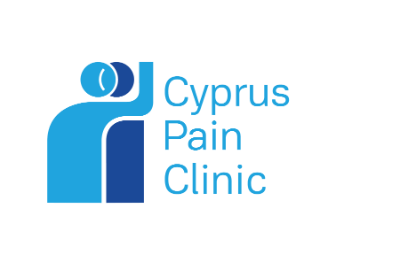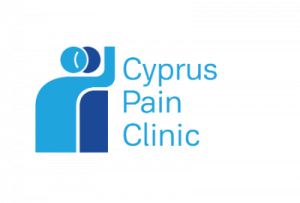Neuropathic pain is one of the most common forms of chronic pain. The incidence in the general population ranges from 3.3% to 8.2%.[1] Around 60% of Europeans are unaware of its existence, despite suffering from the pain.[2]
This kind of pain is transmitted centrally along the same neural pathway as nociceptive pain and results from organic damage or dysfunction of the nervous system. It has a distinct clinical presentation and its own pathophysiological mechanisms that make it a separate disease entity.[3]
Neuropathic Pain
• Peripheral neuropathy (Diabetes Mellitus 8-25%)
• Nerve entrapment
• Phantom limb syndrome after amputations or in quadriplegics
• Chronic central neuropathic pain (ischemic strokes)
• Other causes (postherpetic pain syndrome 10-50%)
Neuropathic pain may be the result of:
Diagnosis
A thorough history and physical examination are enough to diagnose neuropathic pain (lab tests are not needed). The presence of persistent hallodynia and hyperalgesia after the tissues have recovered is a strong indicator that the patient suffers from neuropathic pain.
Examples of peripheral neuropathic pain include diabetic neuropathy, postherpetic neuralgia, chronic lumbar myelopathy, while examples of central neuropathic pain include spinal cord injuries, strokes, multiple sclerosis.
Patients suffering from neuropathic pain usually complain of burning pain, numbness, electric shock-like pain, muscle weakness, numbness, tingling, stabbing pain, etc.
The clinical characteristics of this pain are divided into positive and negative symptoms. Positive symptoms are further divided into painful, which are hypersensitivity as well as mechanical and thermal hyperpathy, and into non-pain symptoms, which are paresthesia and dysesthesia. Negative symptoms include neurological deficits such as partial or total loss of sensation.[4]
Treatment
In order to treat neuropathic pain more effectively, it is necessary to target the underlying mechanism in addition to the symptoms.
Pain medication aims to 30%–50% pain reduction and Quality of Life enhancement for the patient
Drug therapy
When appropriate, interventional procedures and adjunct treatments are utilized either alone or combined with medicines as the first-line treatment for persistent neuropathic pain.
Pregabalin and gabapentin are two prominent members of the first-line antiepileptic medication class. Pregabalin does not interact with other drugs and its adverse effects, if any, are mild or moderate in severity and resolve within 2-3 days.[5]
Another category is tricyclic antidepressants (amitriptyline, imipramine, nortriptyline, etc.). Their side effects include orthostatic hypotension, conduction disorders, dry mouth, urinary retention, constipation, etc.
Duloxetine, of the Serotonin-Norepinephrine Reuptake Inhibitors (SNRIs) category, is a well-tolerated drug and does not induce adverse cardiovascular events. Caution is required when co-administering metramadol, due to the possibility of serotonergic syndrome.
Opioids are second-line treatment. Tramadol is a weak μ-agonist and serotonin-norepinephrine reuptake inhibitor. Its clinical effectiveness in the management of neuropathic pain results from this combination. Since the long-term use of strong opioids is linked to immunosuppression, hypogonadism, tolerance, addiction, diversion, and physical dependency, it is not recommended to use them as first-line treatment for chronic neuropathic pain.
The capsaicin 8% topical patch acts as an agonist of TRPV1 receptors in the algesic nerve endings and causes their desensitization (defunctionalization) in the painful area. It is recommended for the treatment of peripheral neuropathic pain and its therapeutic effect is anticipated in 2 weeks and lasts 8-12 weeks. Capsaicin 8% shows no systemic reactions. It is considered an ideal drug for neuropathic pain management, in elderly people with comorbidities, and in patients with reduced resistance to centrally acting drugs.
Lidocaine-medicated plaster blocks voltage-gated sodium channels. It is effective in controlling ectopic stimulations and allodynia of various peripheral neuropathic pain syndromes. It is not absorbed systematically, and its side effects are local and mild. Its application is indicated in areas with distinctly identified symptoms of neuropathic pain, as well as in elderly patients with comorbidities and inability to adhere to the treatment.


